Australia So Much to See
Copyright (C) 2013 AustraliaSoMuchtoSee.com. All rights reserved


Sources used for identification of wildflowers shown on these pages and regions where they occur see Credits
These pages will
feature some of the wildflowers we have photographed in Western Australia, and where possible, identified. If you
are able to help identify further flowers, or correct any I may have wrong, please contact us.
Information given for each species
will give botanical name, known common names, describe the flower, give time of year it flowered, and where it was photographed, and
the areas it occurs in. Names have been matched to Florabase which has also been used to show distribution.
See some
of these wildflower in larger sized photos on our Flickr pages.
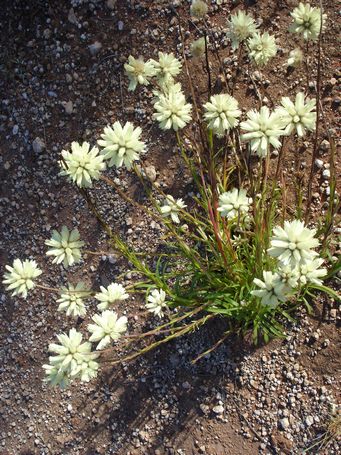
Cephalipterum drummondii Drummond's Everlasting Daisy, Pompom daisy, Pompom Heads
A cream, white or yellow pompom, single flower
cluster at top of stem
Spring
Mullewa, Yalgoo and Sandstone, Western Australia and found widely through the Gascoyne, Mid
West, Wheatbelt and Goldfields Regions.
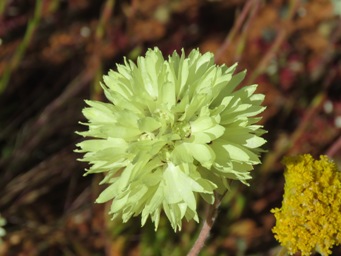
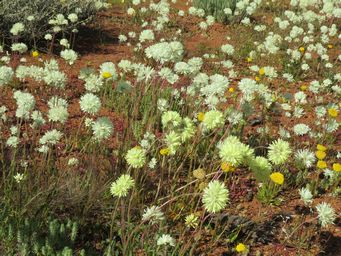
These flowers can cover vast areas, either all the same colour, or mixed yellow and cream as seen here.
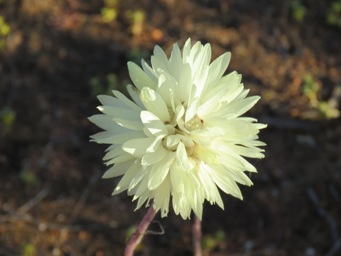
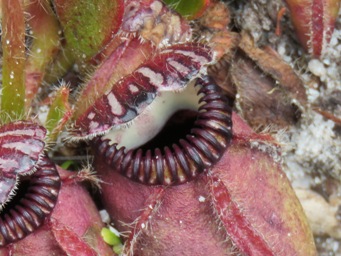
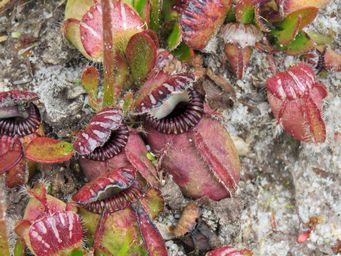
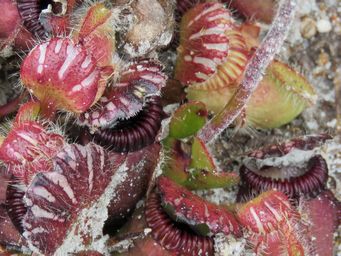
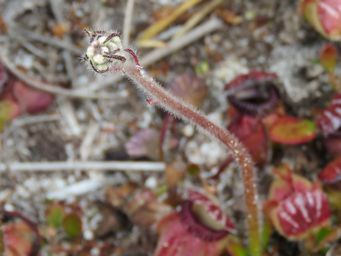
Cephalotus follicularis, Albany Pitcher Plant, Australian Pitcher Plant.
Flowers appear from December to April, with a cluster of tiny white six petalled flowers at the top of a relatively tall hairy stem,
up to twenty centimetres. This height above the rest of the plant may be to prevent pollinator insects from being consumed.
December, with flower buds just forming when seen.
Northcliffe, and can be found between Augusta and Cape Riche (east of Albany) and
inland towards Manjimup and Mount Barker in suitable habitats, in the lower Great Southern and lower South West regions.
Favours
peaty soils in damp areas, around swamps and streams.
While this species is considered vulnerable due to habitat reductions, it has
not been listed as a priority flora.
This is the only species in the genus Cephalotus, which is the only genus in the Cephalotaceae family, and is unique to the south
west corner of Western Australia. It is not related to other pitcher plants in the world. It is insectivorous.
Plants are small and have a basal rosette of oval shaped leaves, which can develop red margins. The pitchers are a form of modified
leaves. They sit on the ground connected by a stem from the basal rosette. These develop various degrees of red colouring, or
can remain green if well shaded. Hairy strips around the pitcher form pathways for insects to the slippery edge, and the claw-like
formation on the inside prevents insects escaping. The lid prevents rain diluting the fluid inside the pitcher. Insects are
then dissolved in the enzymes inside the pitcher as added nutriment for the plant. Pitchers are up to five centimetres tall.
Chamaescilla corymbosa Blue squill, Blue stars, Mudrurt
Blue, six petals, single, two or three to a stem. Three winged seed pods.
Winter, early Spring
Bridgetown, South West Region, Western Australia and occurs through the Mid West, Wheatbelt, Perth, South West,
and Great Southern regions and along the south coast to Esperance
While the forest floor can be a field of blue stars, a closer
look reveals some are pure white, some white in the centre and lilac on the petal tips, and with three blue petals and three
white.
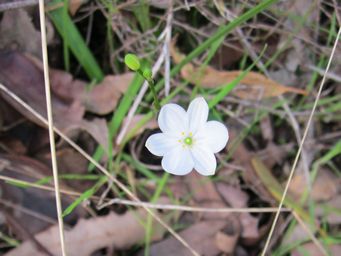
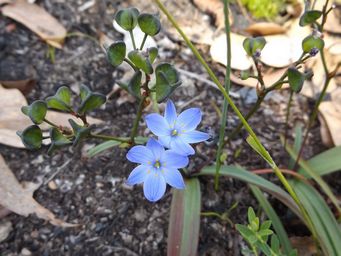
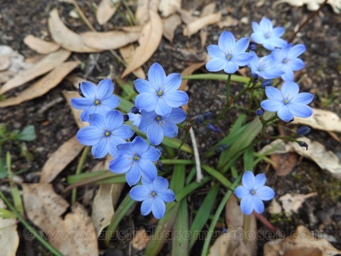
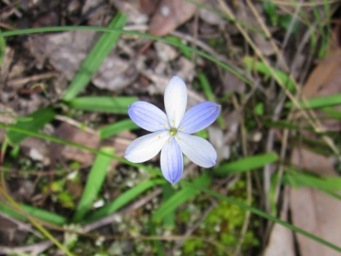
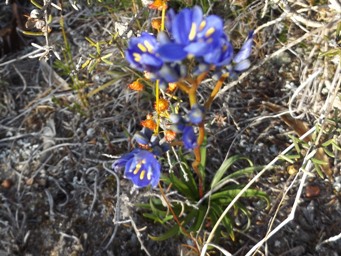
Chamaescilla spiralis
This spiral leafed Squill is similar to Chamaescilla corybosa, but has deeper coloured flowers which are more
purple than blue. The most obvious difference is the foliage, on which the leaves curl and spiral upwards. This specimen
is not showing much curling.
September
Gnowangerup, and grows through the Wheatbelt, Great Southern and southern Goldfields regions.














